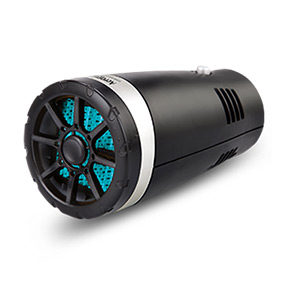rear derailleur cable
Understanding Rear Derailleur Cables An Essential Guide for Cyclists
When it comes to cycling, the performance and efficiency of your bike's shifting mechanism are critical for an enjoyable ride. One overlooked element that plays a significant role in this process is the rear derailleur cable. This seemingly simple component is vital for ensuring that your bike shifts smoothly and precisely.
The rear derailleur cable connects the shifters on your handlebars to the rear derailleur located at the back of your bike. When you shift gears, the shifter pulls or releases the cable, which in turn moves the derailleur. This movement adjusts the position of the chain across the cassette, allowing you to change gears effortlessly. A well-maintained cable ensures that these shifts are quick and accurate, preventing any mishaps during your ride.
Over time, derailleur cables can stretch, fray, or become dirty. These issues can lead to poor shifting performance, making it necessary for cyclists to regularly check and maintain their cables. A stretched cable may not pull the derailleur enough to shift to a higher gear, while a frayed cable can break unexpectedly, leaving a cyclist stuck in one gear. Regular inspections and timely replacements can help you avoid these technical frustrations.
rear derailleur cable

Installation of a new rear derailleur cable is a straightforward process that many cyclists can handle themselves. First, you will need to remove the old cable, which involves loosening the set screw on the derailleur. After that, guide the new cable through the housing, ensuring it runs smoothly without any bends or kinks. Finally, secure the cable in place and adjust the tension, testing the shifts to ensure everything is functioning correctly.
Choosing the right cable is equally important. While most cables may look similar, they are often made from different materials and have varying thicknesses, which can impact performance. Stainless steel cables are popular for their durability and resistance to corrosion, while coated cables offer a smoother interface for shifting. It's essential to consider the type of riding you do and select a cable that matches your needs.
In conclusion, the rear derailleur cable might be a small component of your bike, but it has a significant impact on your overall cycling experience. Regular checks, maintenance, and timely replacements can make all the difference in how your bike performs on the road or trail. By investing a little time and effort into understanding and caring for this crucial part, you can ensure smooth and reliable gear shifts, enhancing both your enjoyment and efficiency while riding.
-
Workings of Clutch Pipe and Hose SystemsNewsJun.04,2025
-
The Inner Workings of Hand Brake Cable SystemsNewsJun.04,2025
-
The Secrets of Throttle and Accelerator CablesNewsJun.04,2025
-
The Hidden Lifeline of Your Transmission Gear Shift CablesNewsJun.04,2025
-
Demystifying Gear Cables and Shift LinkagesNewsJun.04,2025
-
Decoding Clutch Line Systems A Comprehensive GuideNewsJun.04,2025
